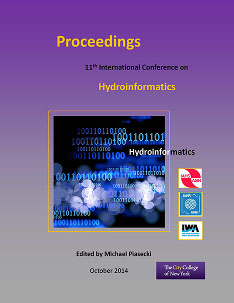Document Type
Presentation
Publication Date
8-1-2014
Abstract
Droughts and heat waves are a major hazard for food & water security, economic development, and human & ecosystem health, among others. Over the last decade, short-term but exceptional heat waves have been observed across different regions of the world, with several locations experiencing all-time maximum temperature records. While many studies have suggested that the extreme intensity of such recent events can be attributed to a changing climate, little attention has been given to the impacts on the terrestrial water balance. This work analyzes the sensitivity of total water storage to extreme heat waves since 2003 in Europe (2003), Russia, Sahel and Middle East (2010), UK (2011), USA (2012), Australia (2013). The main objectives are to: (1) explore the relationships between temperature, precipitation and total water storage variability (2) infer the response time of extreme dry spells to total water storage decline. The methodology used in this study was based on remote sensing tools such as the GRACE mission and data assimilation from land surface models. The analysis shows recurrent annual hysteresis loops in the monthly time series of climate and water storage, which imply a time lag between the occurrence of heat waves and the depletion of soil moisture and aquifer storage. Finally, the results offer the potential to provide first-order estimates of total water storage variations for large river basins and aquifers due to climate extremes.


Comments
Session R46, Remote Sensing and LiDAR Data: Products relevant to Hydrology